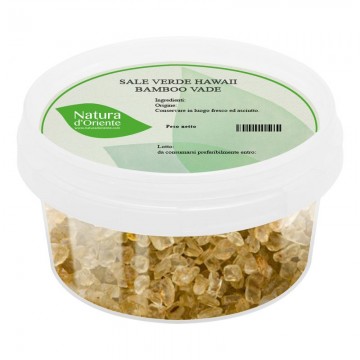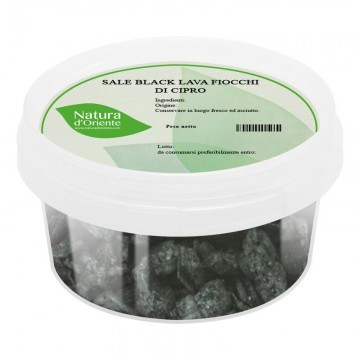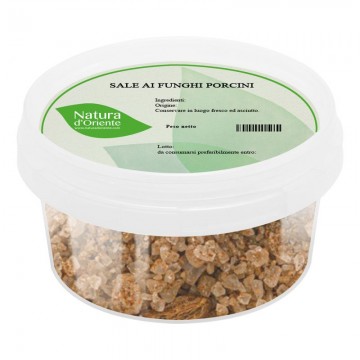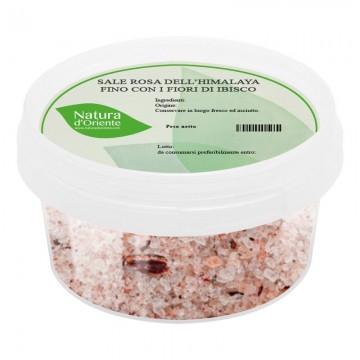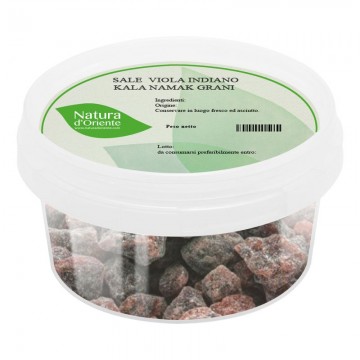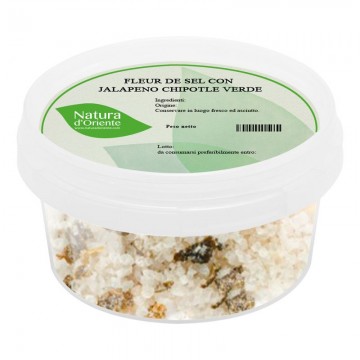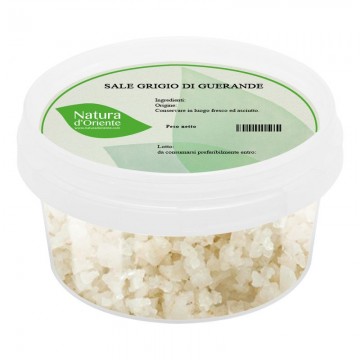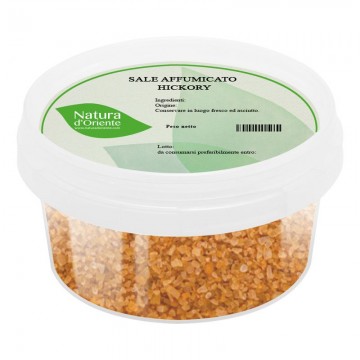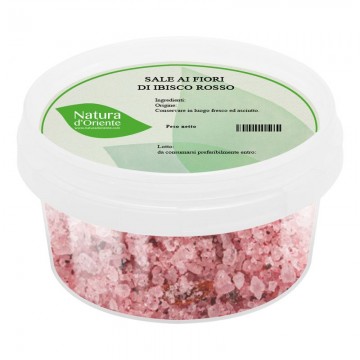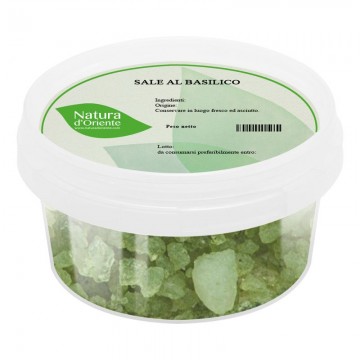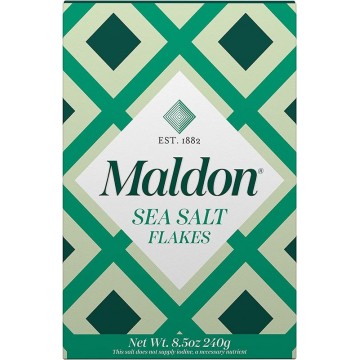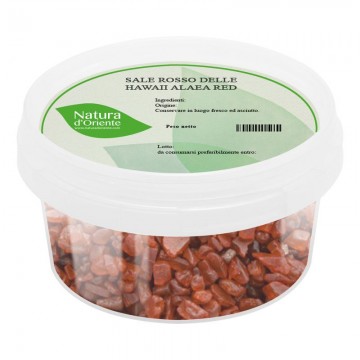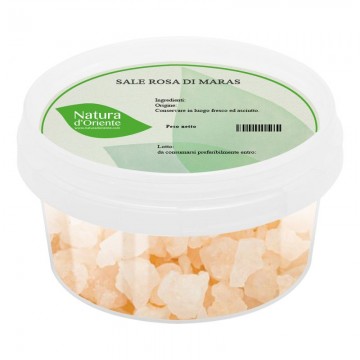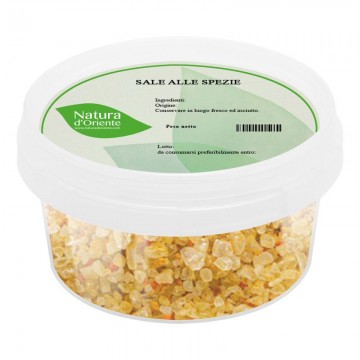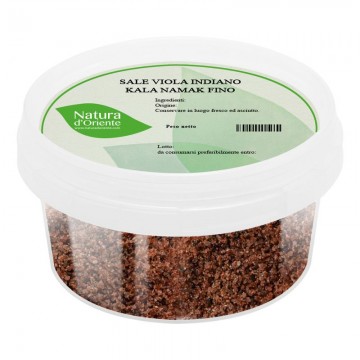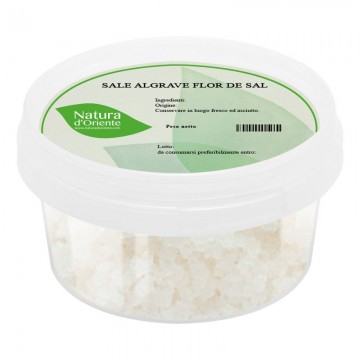The pink Himalayan salt takes its name from the place of extraction and its color. Its exotic appearance has made it a trend item in the kitchen for several years, but it is also known for its nutritional properties.
Coarse Himalayan pink salt: what are its characteristics and benefits?
This rock salt contains 84 minerals and elements, including several nutrients useful to our body. As rock salt, in fact, it is actually a mineral extracted from mines: a very coarse natural salt rich in components. In addition to sodium chloride, it has minerals such as calcium, magnesium, potassium, sulfur, iron and several nutrients that the body needs. Compared to other common salts, it contains lower amounts of sodium, an element that can cause health problems such as hypertension and water retention. In addition, it shows good doses of potassium, magnesium and other minerals, useful for regulating the correct pH balance , and for cardiovascular and muscular well-being. It is a salt that does not exceed in iodine o, a useful element for people who must avoid it in their diet. It balances excess acidity, and is known as a detoxifying salt. In cooking, Himalayan salt represents a naturally pure, unrefined condiment, without polluting chemicals. It gives dishes a pleasantly delicate flavor, which enhances the taste of food without overpowering it. It does not leave a particular aftertaste and is perfect on meat and fish, in different cooking modes. Its color, size and shape may vary due to the nature in which it was formed over the centuries, and the mining areas of the mine. It will be paler pink when pulled out in some parts, and more reddish in others. This salt is particularly versatile, as it can serve both as a condiment and as a bath salt, or for beneficial hydro-saline solutions. The coarse Himalayan pink salt can be used not only for cooking but also for a relaxing and detoxifying bath.
Origins and History of the extraction
Himalayan salt is a type of rock salt (terrestrial and non-marine salt) extracted from the subsoil, in the Khewra salt mine, in the territory of Pakistan. This is believed to be the second largest salt mine in the world (after the Great Salt Lake in Utah). The color of the salt varies according to the levels in which it is extracted, from pale pink to bright red, and depends on the high content of iron oxide. When a bright pink Himalayan salt is found, the color is due to the high level of this oxide, which actually comes from the remains of ancient marine life. This Himalayan salt derives, in fact, from an ancient sea that evaporated over 250 million years ago, due to the telluric upheavals of the planet and this area. When the ocean water evaporated, it left a large amount of salt and the remains of shellfish or other organisms in the bottom. The lava from the volcanoes, then active on the planet, created a natural barrier. He has preserved this salt and its characteristics in the depths of the Himalayas. The ancient sea beds of the Himalayas have remained untouched by toxins and pollutants, which is why Himalayan salt is considered pure. Pink Himalayan salt was discovered in recent times by Alexander the Great in the 4th century BC, but mined and used in particular from the Middle Ages onwards. It has been a coveted spice for hundreds of years, used as a preservative for meats and for salting food. Traded in the Nepalese valleys, he was carried by yaks along the mountains, walking beside cliffs and on rocky paths. Even today the Himalayan salt is extracted by hand, in a regulated way to preserve its purity. Modern mines are huge, show nearly 20 different sectors and extend nearly a kilometer into the mountains. Recently, pink Himalayan salt was launched on the western market in the 1990s, after the promotion of Peter Ferreira, a biophysicist who pointed out its benefits and properties.
Nutritional values of pink Himalayan salt
This salt contains mostly sodium chloride, as well as traces of trace elements, metals and minerals. Among the most interesting are calcium, magnesium, phosphorus, potassium, zinc, copper, manganese, silicon, sulfur and iron. In addition to macro-minerals, it contains hydrogen and oxygen, trapped in the rocks.
How to use coarse Himalayan pink salt in the kitchen
This salt has a soft, round, delicate and less savory flavor than other cooking salts. The delicate flavor

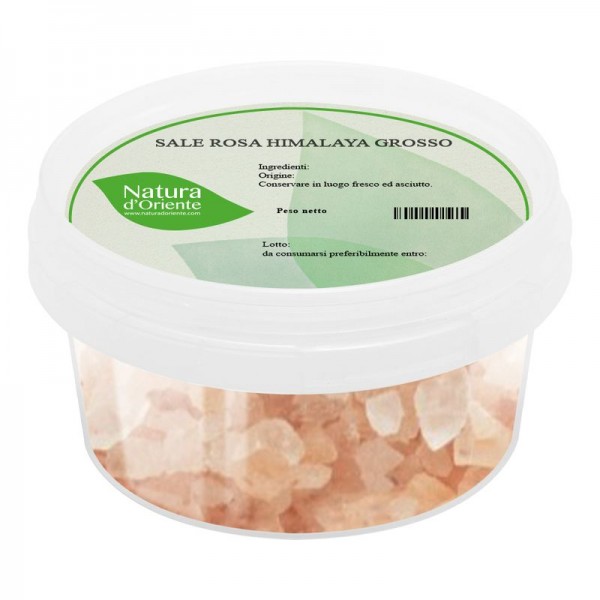







 No reward points for this product.
No reward points for this product.
